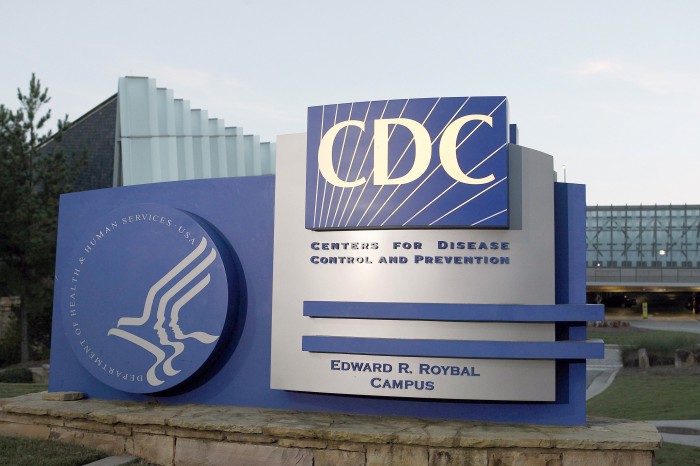Why the CDC Wants in on Blockchain

If someone in your home state contracts hepatitis A, a dangerous disease that attacks the liver, the Centers for Disease Control and Prevention needs to know about it. Health departments in neighboring states probably need to know about it, too, since the person may have contracted the virus from contaminated food or water in one of those states. The CDC, state and local health departments, and other organizations must routinely share public health data like this so they can control the spread of a range of infectious diseases. As straightforward as this may sound, though, it’s a massively complicated data-management challenge.
It’s also one that seems made for a blockchain, according to Jim Nasr, chief software architect at the CDC’s Center for Surveillance, Epidemiology, and Laboratory Services. For the past several months, Nasr has led a team working on several proofs of concept based on blockchain technology, with an eye toward building real applications next year. Most are geared toward better public health surveillance, which could include using a blockchain to more efficiently manage data during a crisis or to better track opioid abuse.
“Public health and blockchain really do belong together,” Nasr says. Success depends on the ability of peer organizations—the CDC, state and local health agencies, hospitals and clinics—to collaborate effectively and efficiently, and the “currency” for that collaboration is data, he says. “Moving that data from one peer to another in a secure manner, in a compliant manner, and in a transparent manner—as quickly as possible—is a key part of the business model.”
Blockchains, like those that underlie Bitcoin and other cryptocurrencies, are maintained by networks of computers—instead of a single trusted authority—that verify each transaction and record it in a virtually incorruptible, encrypted ledger shared by all the computers in the network (see “What Bitcoin Is, and Why It Matters”).
It’s a particularly nice fit for public health applications, says Nasr. While individual organizations in the public health network share the same overall mission, a complex mishmash of data usage agreements and government privacy rules dictate which members can access information and which ones can modify it. That slows things down. A number of additional, sometimes manual processes are needed to make sure the correct organization or person sent or received the right data, and that it was used correctly. A blockchain can automate these steps (see “Who Will Build the Health-Care Blockchain?”).
Indeed, public health’s complicated peer-to-peer model for data sharing is “very much what blockchain supports,” says Nasr.
One example of a scenario in which a blockchain system could make a big difference is during a public health crisis like a pandemic. The CDC has an existing mobile app that local health workers can use to log information about patients and help determine which medications should be dispensed to whom. But personally identifiable information can’t be stored in the cloud, and storing it in the approved way takes a lot more time, says Nasr. He says blockchain could give the CDC a way to store and share that data much faster while complying with security and privacy laws.
Before any of these concepts can become real applications, though, the CDC’s technologists will have to work through some complicated questions. For instance, whose computers should maintain the ledger and who should have permission to read or modify data? How should identities, not only patient IDs but also the IDs of public health organizations, be managed on the blockchain? “It’s still early in the game,” says Nasr.
Keep Reading
Most Popular
How scientists traced a mysterious covid case back to six toilets
When wastewater surveillance turns into a hunt for a single infected individual, the ethics get tricky.
The problem with plug-in hybrids? Their drivers.
Plug-in hybrids are often sold as a transition to EVs, but new data from Europe shows we’re still underestimating the emissions they produce.
Sam Altman says helpful agents are poised to become AI’s killer function
Open AI’s CEO says we won’t need new hardware or lots more training data to get there.
Stay connected
Get the latest updates from
MIT Technology Review
Discover special offers, top stories, upcoming events, and more.